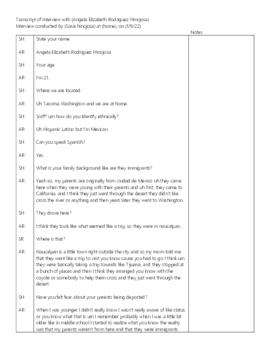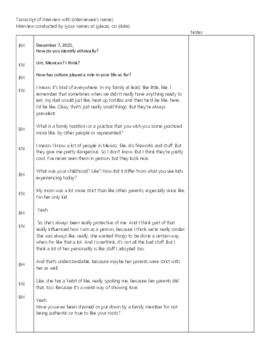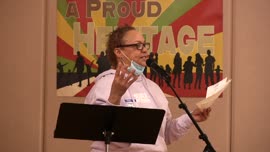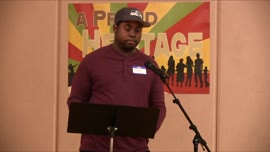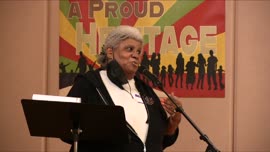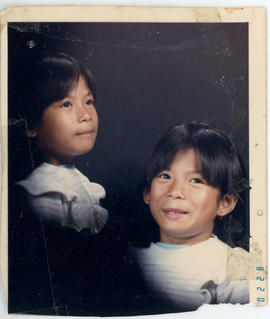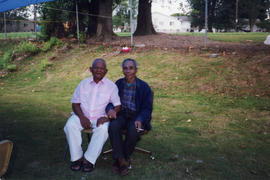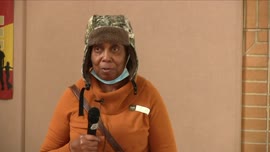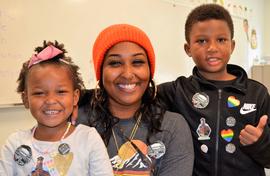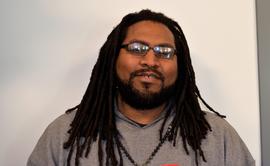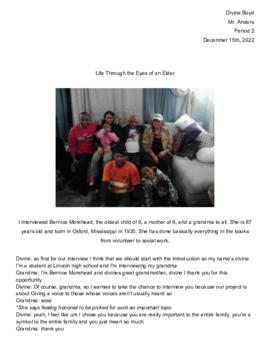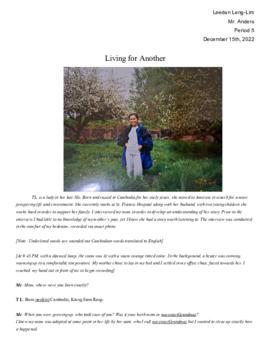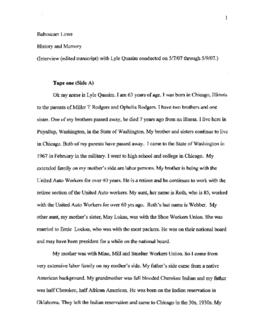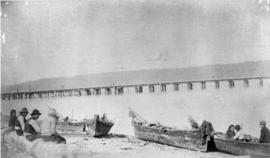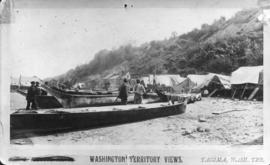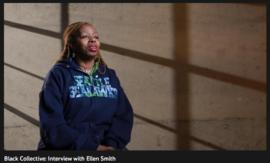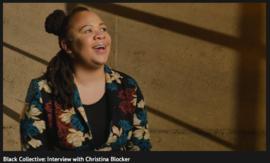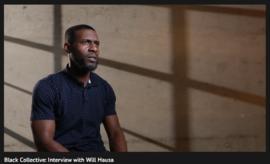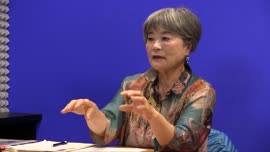- Item
Oral history interview with Tacoma resident Cody Bakken conducted by dindria barrow on March 18, 2023. In this interview, Cody shares his opinions on life and work. Cody believes it is important to be passionate about something and that apathy is his worst enemy. His many passions have led him to many possible futures. He says, “We don’t grow until we leave our boundaries.” He wants to help fix the world because it is we who broke it; and he hopes to earn a position in public administration because local government is where change can be made.
